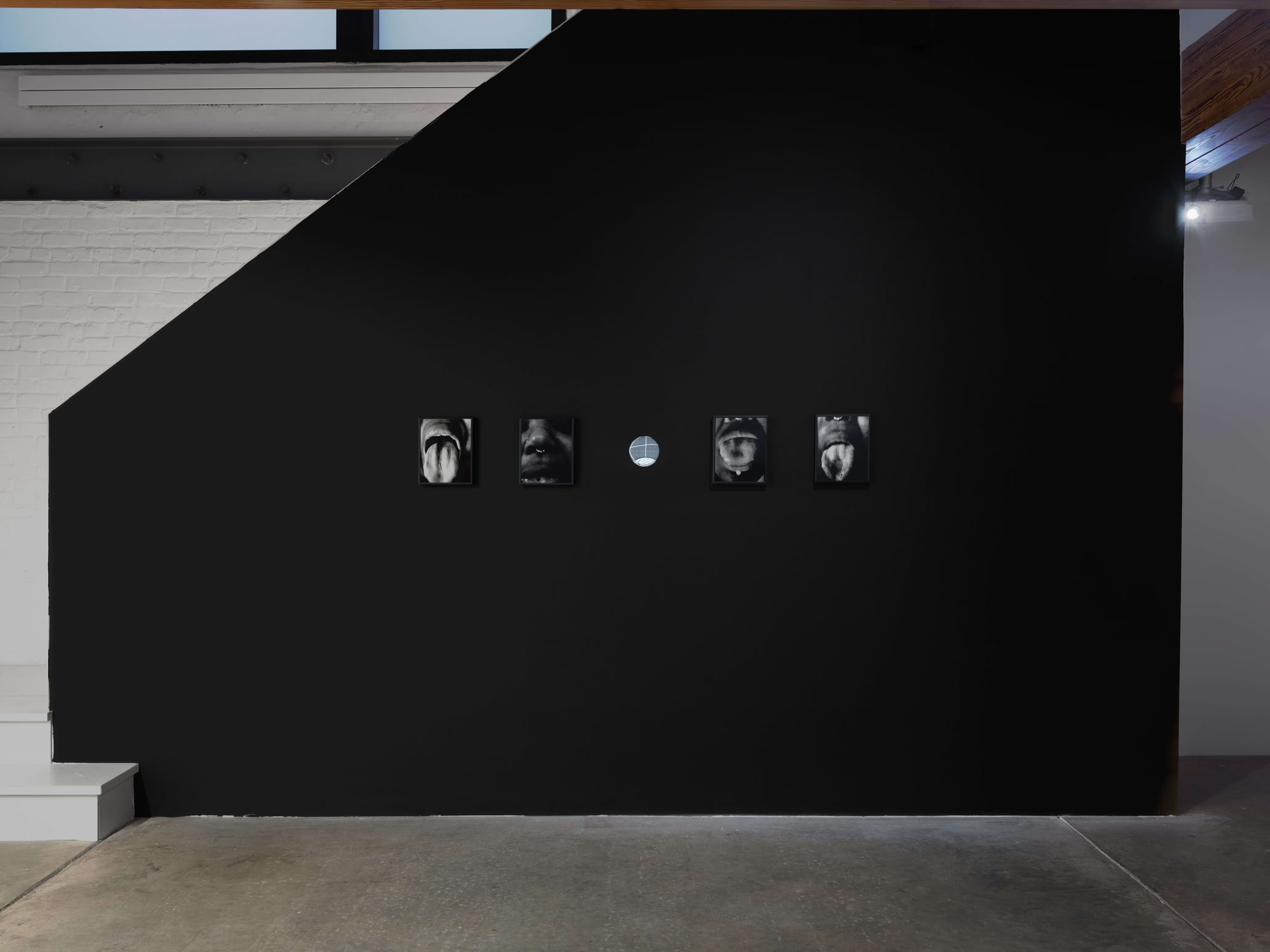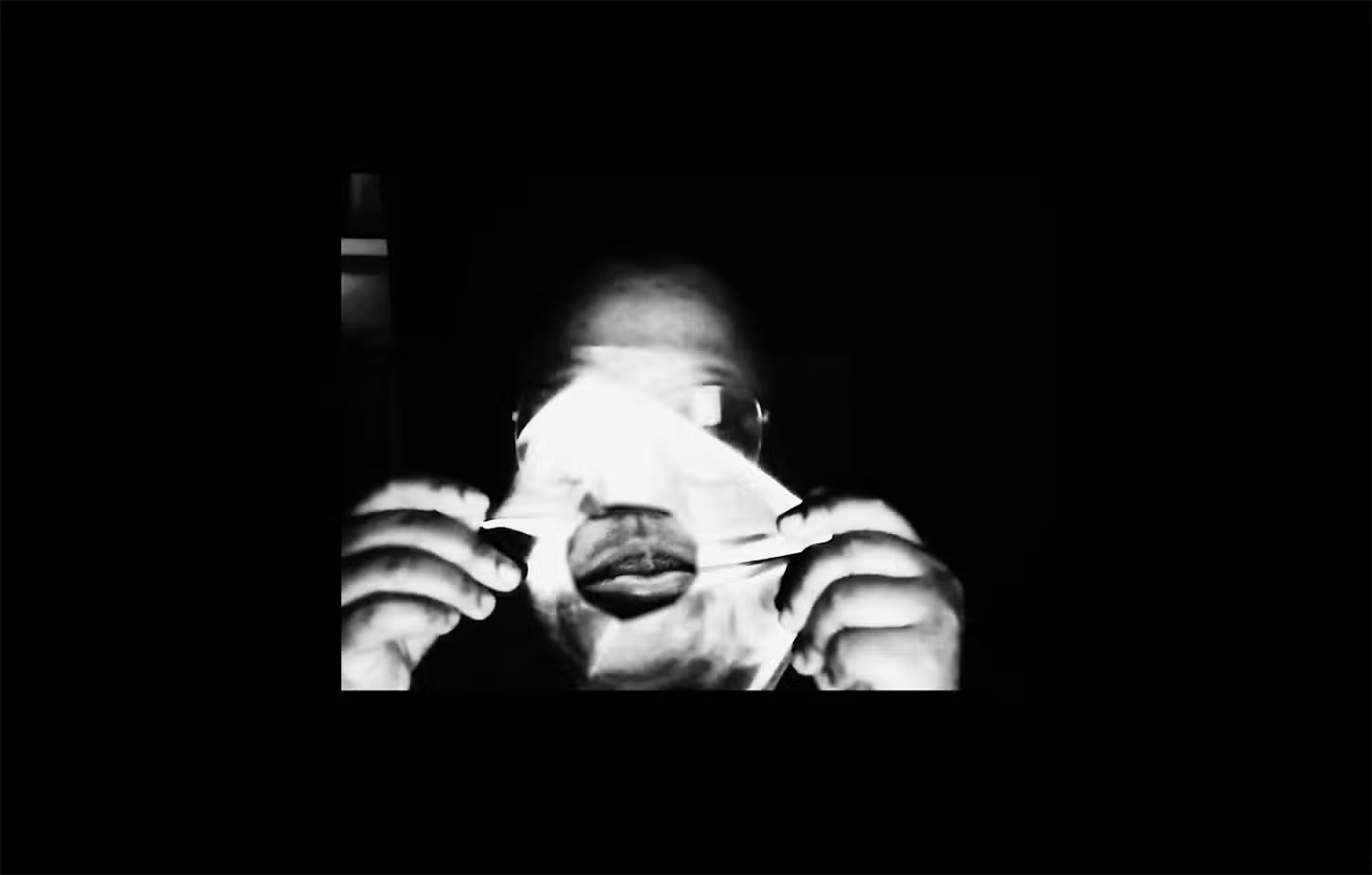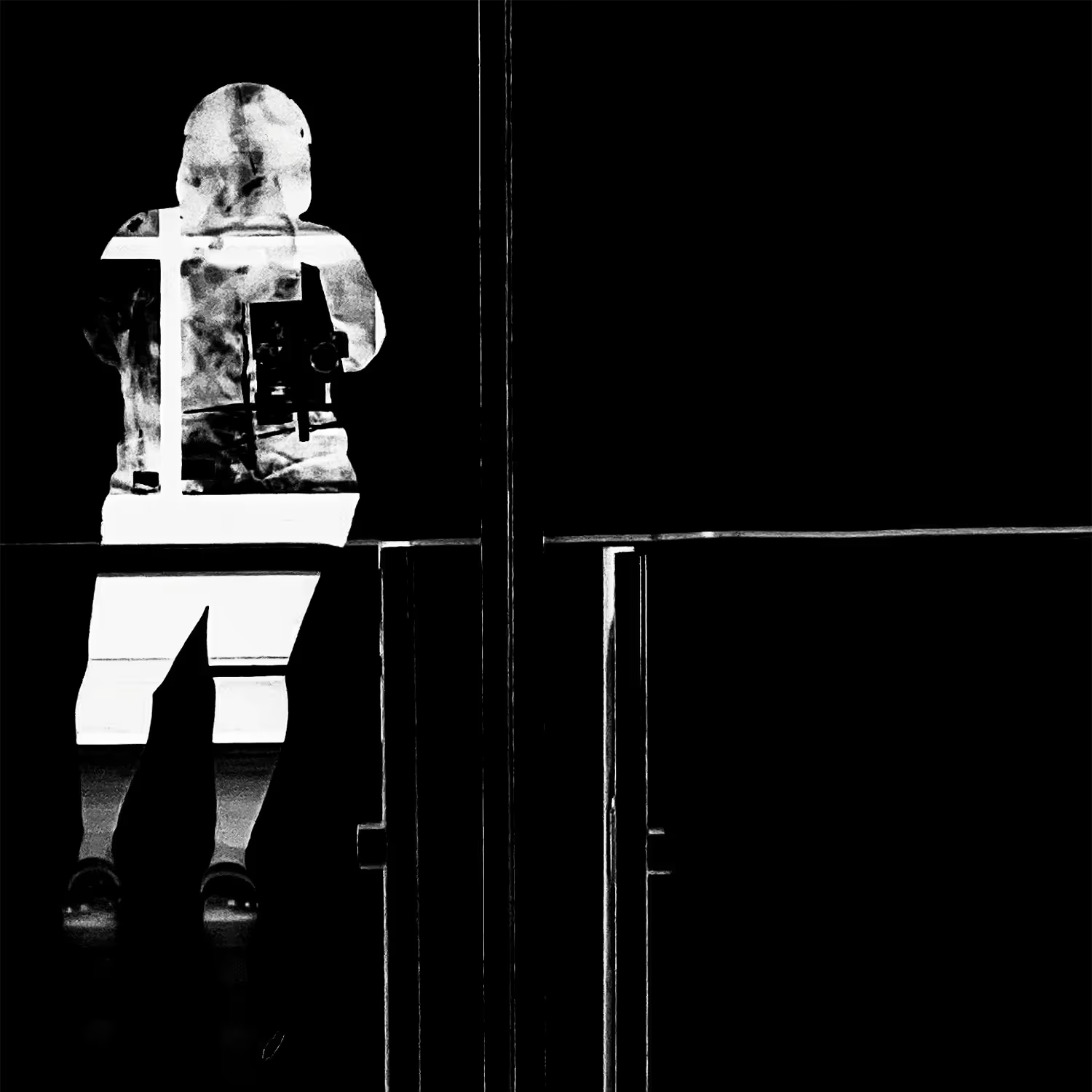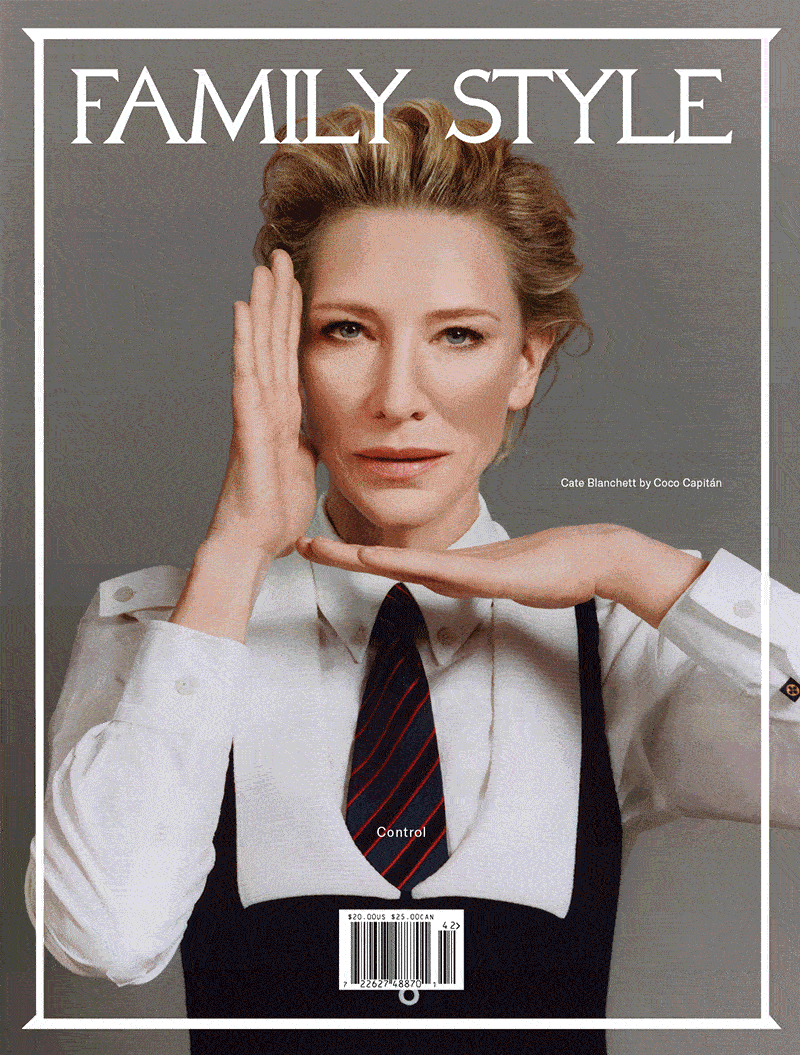
Installation view of Kameelah Janan Rasheed: "beneath this sentence is a hole." Photography by Installshots.art. Image courtesy of Anonymous Gallery.
For Kameelah Janan Rasheed, text is never fixed. In her solo show at Anonymous, "beneath this sentence is a hole* and your words are leaking. i place my mouth at the puncture site, waiting to be engorged by your lactating punctuation,” the Brooklyn-based artist’s cryptographic work comes to an intimate New York gallery for the first time. Composed of video, photography, screen prints, and sculpture, the exhibition is a thinker’s feast, and follows her last solo show in New York, the 2020 installation “Are We Reading Closely?” at the Brooklyn Museum. Rasheed uses the visual language of mathematical equations, annotation, and diagrams, as well as her signature approach to reconstructing text, to challenge her viewer to slow down and explore new ways of thinking.
At Anonymous, Rasheed has cut the gallery in half with light: One side is cast bright and cool, the other dark and soft. On the farthest wall, there is a roughly drawn circle, opening up a conversation with Pope.L’s famous notion that holes are space for possibility, as outlined in the late artist’s seminal book Hole Theory, 2002. To the left, Lick Studies, 2024, presents four black-and-white images of Rasheed’s own mouth: Her tongue stretches out, and her mouth opens as saliva bubbles and drips before her lips close around her stuck-out tongue.

Kameelah Janan Rasheed, Eat the World (II), 2024. Image courtesy of the artist, Anonymous Gallery, and NOME Gallery.
While the multidisciplinary artist has shown at major institutions, such as Glasgow International and the New Museum in New York, Rasheed identifies as an educator first and foremost. As a child, she learned her method of textual rearrangement from her father, who learned Islam in California in the early 1980s by photocopying pieces of religious text that he annotated afterward. Later, she studied public policy and Africana at Pomona College, which took her to Cape Town, South Africa as an exchange student. Afterward, she traveled to Johannesburg as a Fulbright Scholar, where she began photographing protests and community events. Now, she is a critic in sculpture at Yale University’s School of Arts.
Through her own thirst for understanding, Rasheed illustrates the messiness that comes with it. In her 2023 solo show “Unsewn Time” at the Art Institute of Chicago, she explored what words cannot convey by engaging with a series of tactile processes, which included rolling her body over light-sensitive gelatin silver paper to vary its photographic development. Across her various disciplines, the artist probes the brain’s instinct to rationalize and explores complex themes within the Black Diaspora, such as displacement, instability, and possibility.
Kameelah Janan Rasheed, Full, 2024. Image courtesy of the artist, Anonymous Gallery, and NOME Gallery.
In one of the videos on view, “The mother licks the sack of fluid so many times that it finally breaks…”* (II), 2024, Rasheed records herself chewing and then spitting out notes she took while teaching and creating over the course of 2017-2022. In to chew a wad of lapsed meaning until it loses all flavor, 2024, these masticated notes are steeped in jars of muddled blue, green, and brown liquids made of tea, Brooklyn tap water, and various food bits. Above the display, small fragments of white text highlighted in black are scattered across the gallery in The leak, 2024. As I take in the work, my eyes dart from one passage to the next in an acrobatic routine akin to the process of ideating.
Rasheed encourages an intense kind of creative problem solving. The artist pulls text apart and pieces it back together to illustrate the complicated process of sense-making. Information deserves time, and the distillation of such complex ideas as those surrounding language and Pope.L’s Hole Theory is an impressive feat of intellect. Rasheed serves words to mull over. Perhaps some bits of information will break down into wisdom and be absorbed like vitamins, while others pass through still whole and obscure. Some you may even regurgitate—yet transformed into a pulpy mass in front of you, they may still teach you something.
"beneath this sentence is a hole* and your words are leaking. i place my mouth at the puncture site, waiting to be engorged by your lactating punctuation" is on view at Anonymous gallery until October 26, 2024 at 136 Baxter Street New York, NY 10013.











.avif)

